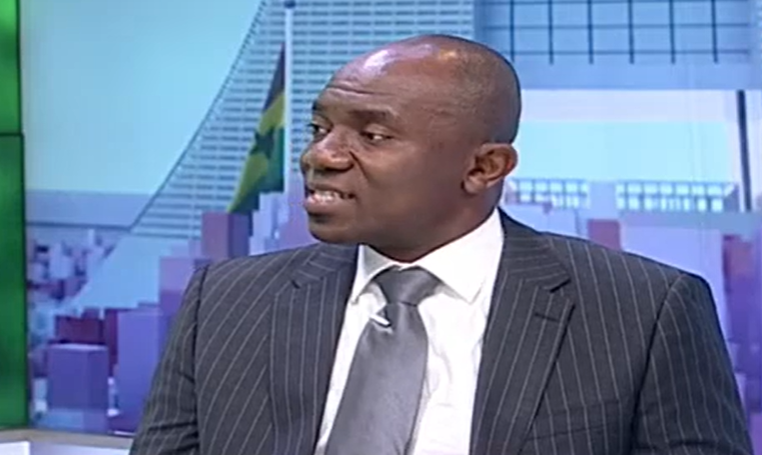Has the hoo-ha over the 800,000 “missing barrels”, the difference between average daily global oil production and consumption flagged by the International Energy Agency in its March report gone a bit too far?
And did you fall for the argument that these barrels may not even exist, which in theory halves the presumed oversupply in the global oil market and gives us reason to be more bullish on oil prices, which had teetered near 13-year lows just two months ago?
In yet another testament to how clueless and sentiment-driven the oil markets have become, the case of the missing barrels was actually proffered by some as one of the reasons behind Brent clambering to over $41 this month, from levels near $30 in February and a $27 nadir in January.
Google “missing barrels” and you can catch all the excitement in case you missed it. The latest one is actually a sobering report that has Morgan Stanley analysts dismissing it as an old “market myth” and a “poor explanation” for crude’s rise in recent weeks.
In its monthly oil market report issued March 11, the IEA said it had actually been able to reduce the uncertainty in the supply/demand balance, described as “missing barrels,” to 800,000 b/d, after re-analyzing its data for floating storage and oil in transit. The figure, it said, was “well within the normal range considering the vagaries of data.”
The implied surplus of supply over demand remains a high 1.9 million b/d for Q1 and 1.5 million b/d for Q2 this year, the agency maintained.
We know nervous markets don’t have time to pause and reflect.
But the IEA, it seems, had not gambled upon the play its “missing barrels” was to receive. The Wall Street Journal ran a report a few days later, citing some analysts suggesting that if the 800,000 b/d doesn’t exist, the oversupply that has pressured oil prices may not be as big as estimated.
The tally of unaccounted-for oil — which comes from the difference between the 1.9 million b/d presumed surplus and the roughly 1.1 million b/d of oil calculated by the IEA as being in transit and moved into onland storage — rose to its highest level in 17 years last year, and this was an important factor in an industry dominated by oversupply, the paper said.
Brent’s trek from $36 and change at the start of March to a year-to-date high of $41.79 on March 22 has left more than a few market watchers puzzled. The dollar’s weakness following the US Federal Reserve meeting March 16, a lingering 200,000 b/d production outage in Nigeria and a drop of about 120,000 b/d in pipeline crude supplies from Kurdistan got buttressed by the “missing barrels” argument in support of crude’s rebound. Otherwise, the few hundred thousand barrels in production outages should pale in comparison with the giant global surplus.
In an oil market of 96 million b/d, and entrenched imperfections in the gathering and reporting of oil production and consumption statistics, the discrepancy between the calculated surplus and the oil tallied as moving into storage is not something the IEA can do anything about, the agency’s head of oil industry and markets division Neil Atkinson stressed March 23.
Responding to a Platts question about his take on the buzz created by the IEA report’s “missing barrels” reference, Atkinson, who was in town to participate in the Singapore International Energy Week’s launch event, took issue with the perception that the IEA didn’t know where the “missing” oil was.
“A lot of it is in China [in the form of stockpiles], there’s some in India, some sitting in pipelines and some in ships,” he said. The IEA, an energy policy adviser to the OECD countries, does obtain data from non-OECD countries, contrary to some assertions, but it’s not perfect, the official stressed. “Get over it,” is how Atkinson summed up his view on the hullabaloo.
David Hewitt, Managing Director at Credit Suisse and fellow panelist at the SIEW event, agreed, saying that some traders seemed to have seized upon the “missing barrels” story in their hunt for reasons to be bullish about the market.
Incidentally, both Atkinson and Hewitt were also dismissive about the other bullish ghost still lingering over the market — the “production freeze” initiative by some OPEC and non-OPEC producers. Anyone got a number for oil’s Ghostbusters?
–
Platts




